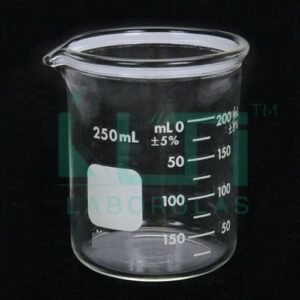- Made from Polypropylene
- Used for storage and preservation of frozen samples
- These can withstand ultra low temperature in deep freezers and has removable top lid
- These can be used for upright freezers, drawers & chest freezers with dividers and are laminated.
- Material Polypropylene & Cardboard
| PART No. | Capacity (ml) Micro tubes & cryovials | Dim(LxWxH) | Material | Pack Qty. |
| 7970-81-PP | 81 places for 1ml & 1.8ml | 132x132x50 | Polypropylene | 8 |
| 7970-100-PP | 100 places for 1ml & 1.8ml | 132x132x50 | Polypropylene | 8 |
| 7970-81-CB | 81 places for 1.5ml & 2ml | 132x132x50 | Cardboard | 8 |
| 7970-100-CB | 100 places for 1.5ml & 2ml | 132x132x50 | Cardboard | 8 |
Here are some common uses and features of Cryo Boxes made of polypropylene:
- Cryogenic Storage: Cryo boxes made of polypropylene are specifically designed for the storage of biological samples in cryogenic conditions. These boxes can withstand the ultra-low temperatures required for long-term sample preservation.
- Sample Organization: The cryo box provides a systematic and organized way to store and manage samples. It typically contains grids or compartments to hold individual cryogenic vials, making it easier for researchers to locate and retrieve specific samples.
- Material Compatibility: Polypropylene is chosen for its compatibility with cryogenic conditions. It remains durable and flexible at extremely low temperatures without becoming brittle, ensuring the integrity of the cryo box over time.
- Visibility: Many polypropylene cryo boxes are transparent, allowing researchers to easily see the contents without having to open the box. This is important for quick visual identification of samples.
- Secure Closure: Cryo boxes often come with secure closures, such as hinged lids or snap-on lids, to prevent the escape of cold vapors and to secure the samples within the box.
- Autoclavable: Polypropylene cryo boxes are often autoclavable, allowing for sterilization before use to maintain aseptic conditions in the laboratory.
- Color Options: Some cryo boxes come in different colors, allowing for color-coded organization and quick visual differentiation of samples based on specific criteria.
- Stackability: Cryo boxes are designed to be stackable, allowing for efficient use of freezer space and easy organization of multiple boxes.
- Identification: Many cryo boxes have areas for labeling or coding, allowing researchers to mark and identify the samples stored in each compartment.
- Transportation: Cryo boxes are suitable for the safe transportation of samples between different locations within the laboratory or between laboratories.
- Compatibility with Automation: In some cases, cryo boxes may be designed to work seamlessly with automated systems for sample handling, retrieval, and tracking.







